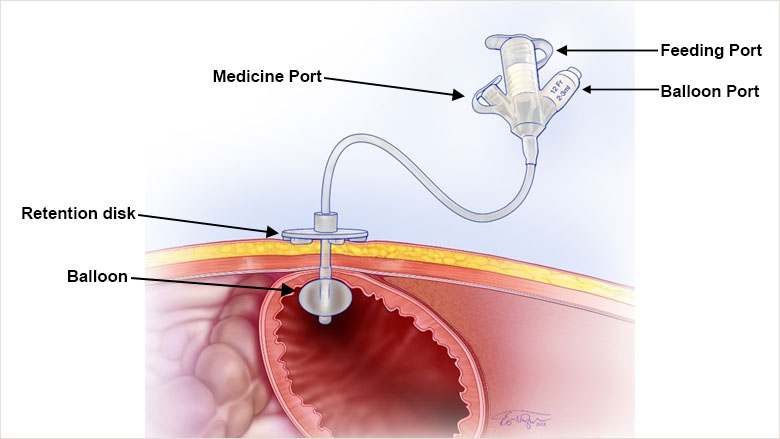Image Source: Google
For individuals with gastrointestinal issues that affect their ability to digest food properly, a GJ tube surgery can be a life-changing procedure. This surgery involves the placement of a feeding tube directly into the stomach and/or small intestine to help with nutrition and medication intake.
Understanding the ins and outs of GJ tube surgery is crucial for patients and their families to ensure the best outcomes and improved digestive health. You can also browse this website if you are looking for the best gj tube surgery.
How Does GJ Tube Surgery Work?
Placement Procedure
- A small incision is made in the abdomen to insert the feeding tube.
- The tube is guided through the esophagus and into either the stomach or the small intestine.
- The tube is secured in place and connected to an external port for feeding and medication administration.
Functionality
- The GJ tube allows for direct delivery of nutrients into the digestive system, bypassing any potential obstructions or dysfunctions.
- It can be used for both feeding and medication, providing a comprehensive solution for individuals with digestive issues.
- The tube can be temporary or permanent, depending on the individual's condition and treatment plan.
Benefits of GJ Tube Surgery
Improved Nutrition
- Ensures that essential nutrients reach the body, even in cases of difficulty with oral intake.
- Helps maintain weight and energy levels, crucial for overall health and wellbeing.
- Can be customized to meet specific nutritional needs and dietary requirements.
Medication Management
- Provides a direct route for medication administration, ensuring proper absorption and effectiveness.
- Reduces the risk of medication interactions or side effects that may occur with oral ingestion.
- Allows for consistent and timely medication dosing, important for managing chronic conditions.
Post-Surgery Care and Maintenance
Monitoring and Adjustments
- Regular follow-up appointments are essential to monitor the GJ tube placement and function.
- Adjustments may be needed to ensure optimal flow rates for feeding and medication delivery.
- Any signs of infection or discomfort should be promptly reported to the healthcare provider.
Dietary Guidelines
- A healthcare professional will provide specific dietary guidelines for individuals with a GJ tube.
- It is important to follow these guidelines to prevent complications and ensure adequate nutrition.
- Some foods or liquids may need to be avoided to prevent clogging or tube malfunction.
Potential Complications and Risks
Infection
- Proper hygiene practices are essential to reduce the risk of infection at the GJ tube site.
- Symptoms of infection may include redness, swelling, pain, or drainage at the insertion site.
- Prompt medical attention is necessary if infection is suspected.
Misplacement
- In rare cases, the GJ tube may become dislodged or misplaced, affecting its functionality.
- Signs of misplacement may include difficulty with feeding, bloating, or unusual pain.
- Immediate medical intervention is needed if misplacement is suspected.
Conclusion
Understanding the role of GJ tube surgery in improving digestive health is vital for individuals who may benefit from this procedure. By knowing how the surgery works, the potential benefits, post-surgery care requirements, and possible risks, patients and their families can navigate this journey with confidence and better outcomes. Consulting with healthcare professionals and following their recommendations can help ensure a successful GJ tube surgery experience and enhanced digestive health.

